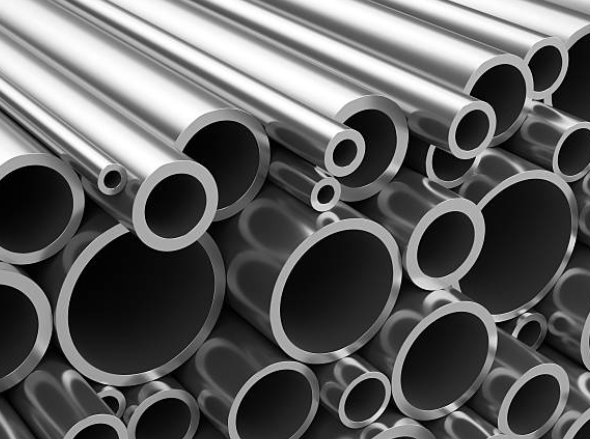
Posted on Thursday, October 3, 2024
In roll forming, a pipe profile refers to the specific shape and design of a metal pipe that is produced by the roll forming process. Roll forming machines use a series of rollers to progressively shape flat metal coils into a cylindrical or tubular form, creating seamless and uniform pipes. These metal pipes are widely used across industries, including plumbing, structural support, automotive, and even in the construction of railings and frameworks.
Roll forming machines are ideal for pipe production because of their efficiency and precision in creating consistent shapes with minimal material waste. The process begins with a flat metal coil, typically made of steel, aluminum, or copper, which is fed through a sequence of roller dies. Each set of rollers bends the metal slightly until the desired pipe profile is achieved.
For pipe production, there are two primary types of profiles:
In conclusion, roll forming machines play a crucial role in the manufacture of metal pipes, offering precision, speed, and customization for a wide range of applications from plumbing to structural support. This method allows manufacturers to produce high-quality, durable pipes that meet the demands of different industries.

32/1000 Box Profile Roll Forming Machine – Complete Guide & Specifications
Posted on Sunday, November 16, 2025
High-performance 32/1000 box profile roll forming machine for roofing and cladding. Full specifications, profiles, applications, pricing

PBR / R-Panel Roll Forming Machine – Complete Guide & Specifications
Posted on Sunday, November 16, 2025
PBR / R-Panel roll forming machine for roofing and wall cladding. Full specs, profiles, applications, pricing, and global buying guide. Built to order.

Posted on Sunday, November 16, 2025
How to Diagnose and Fix the Hidden Electrical Problems That Cause Downtime
Copyright 2025 © Machine Matcher.